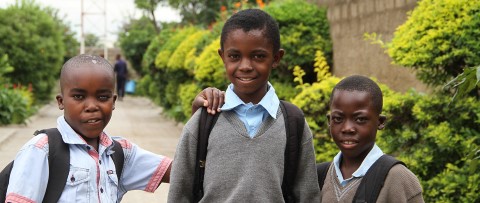- Global Perspectives
- Dominican Republic
With operations in 10 countries, the kids in Children International’s program have vastly different educational experiences (and challenges). Discover some facts & stastics about each of the countries where CI kids live and the education hurdles they face on their path toward a poverty-free life.












At Children International, we understand that problems in education don’t have a one-size-fits-all solution. That’s why we invest — with input from professionals and the families we serve — in a wide range of tools designed to achieve our goal of helping kids complete secondary school. Because going to school is absolutely essential to building a future free from poverty.
Comments
You must be logged in to comment. If you have an account, click here to log in.